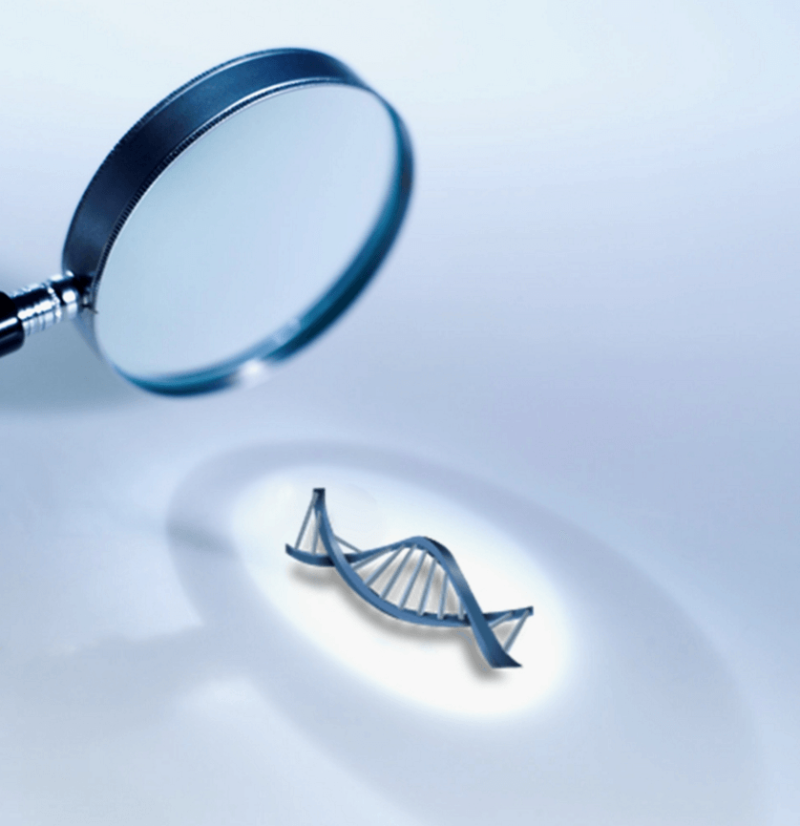The GLP aggregated and excerpted this blog/article to reflect the diversity of news, opinion and analysis.
On a Tuesday morning in Boise, biologist Greg Hampikian is on speakerphone with Christopher Tapp, an inmate at the Idaho State Correctional Institution. Tapp is in prison for a murder he swears he did not commit. Many others think he’s innocent as well—lawyers, journalists, an organization of former judges; even the victim’s mother. No one has fought for him longer than Hampikian, a researcher at Boise State University (BSU).
Tapp has been in jail since 1998, serving a 25-years-to-life sentence for the murder of a 19-year-old woman named Angie Dodge; he confessed after a series of lengthy interrogations that several experts have described as coercive. Police found plenty of male DNA at the scene, and it did not match Tapp. But the prosecutor and jury believed his confession.
Hampikian, who holds joint appointments in biology and criminal justice at BSU and heads the Idaho Innocence Project, has been helping people like Tapp for more than 20 years. He works with defense attorneys and police around the world, trying to free innocent people by exploiting the power of DNA forensics—or by exposing its pitfalls.
In Tapp’s case, Hampikian has pushed for the use of a new, controversial DNA technique that he believes may yet identify the real killer and exonerate Tapp. In other instances, such as the notorious Amanda Knox conviction in Italy, he has shown how DNA evidence was false or misconstrued. “Just because it’s DNA doesn’t mean it’s good science,” he says.
Read full, original post: Forensics gone wrong: When DNA snares the innocent































